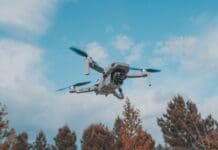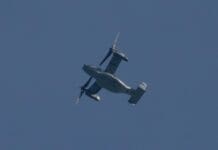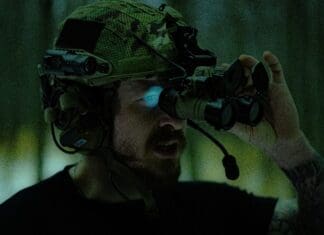This post is also available in:
 עברית (Hebrew)
עברית (Hebrew)
The US Navy’s vision for an “ocean of things” describes a sensor-rich sea where what can be known about conditions in the water is collected and shared with fleets in real-time, or close to real-time. Knowing the shape of water means knowing the shape of battles to come, and even knowing how and where to avoid battles that are set to go poorly. Teledyne Brown Engineering will provide the Navy with underwater sensing robots within the framework of the “littoral battlespace sensing-gliders,” or LBS-G, program. A sensing-glider is a winged torpedo-shaped robot, which propels itself like planes under the surface.
The robots selected for this program will be based on the existing Slocum glider. Depending on the battery, existing Slocum gliders can operate with a short range of 220 miles for 15 days, or a maximum range of 8,000 miles over 18 months. They can also travel on the surface of the sea, and from there upload sensor readings to Iridium communication satellites for dispersal.
According to reports by popsci.com, this program is the first Unmanned Underwater Vehicle (UUV) program chosen for full-rate production by the U.S. Navy. For the LSB-G program, Navy specifications stipulate that the robot must be able to operate at a depth of 3,300 feet for up to 90 days. This means the robots can exist, in a range of conditions, as a useful yet expendable kind of weather station, checking in to inform the Navy as a whole about conditions under the sea, thanks to its suite of sensors.
The sensors will read the electrical conductivity of the water, a dataset that can give the Navy information about how well certain sensors will work in the ocean. These sensing-gliders will also check for temperature and depth, both of which inform underwater operations, and can scan for optical clarity, or how easy it is to use visual sensing beneath the waves. The gliders can look for underwater naval mines, which are explosives that pose a threat to larger and crewed vessels. The bots also provide a lower stakes way to perform some oceanic monitoring and surveillance.
Using somewhat expendable robots to collect this information expands on existing practices, in which aircraft would release floating sensor arrays called sonobuoys in advance of a naval approach. Underwater, the robots are hard to track, and on the surface they can be given new orders and relocated in accordance with changed plans.
Prepared to dive into the world of futuristic technology? Attend INNOTECH 2022, the international convention and exhibition for cyber, HLS and innovation at Expo, Tel Aviv, on November 2nd – 3rd
Interested in sponsoring / a display booth at the 2022 INNOTECH exhibition? Click here for details!

























